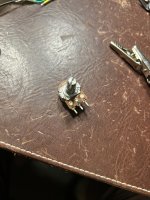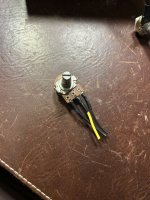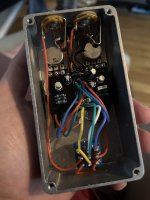jdduffield
Active member
I’m working on a Sandspur Fuzz build and my bypassed signal works fine. The engaged circuit signal was working fine for about 5 minutes and then all on its own the volume dropped significantly. What are some common reasons this would happen?



